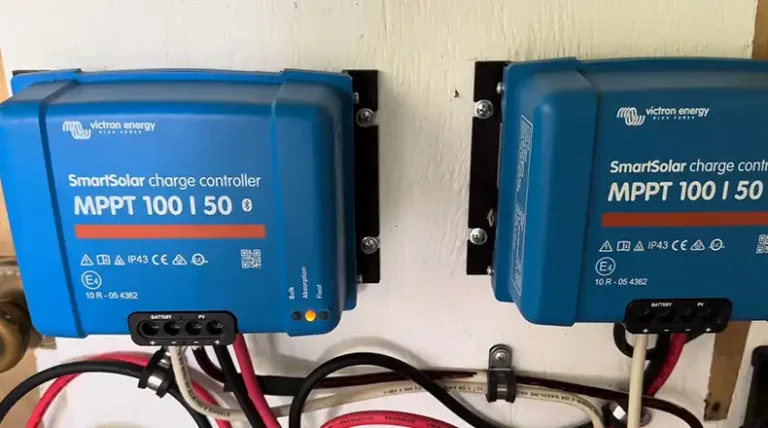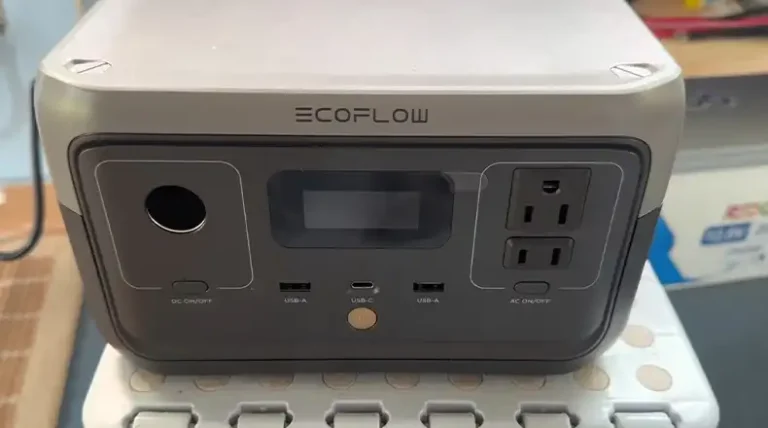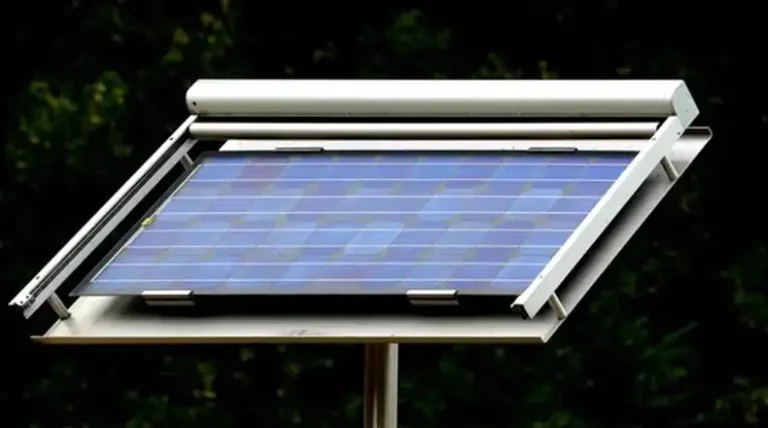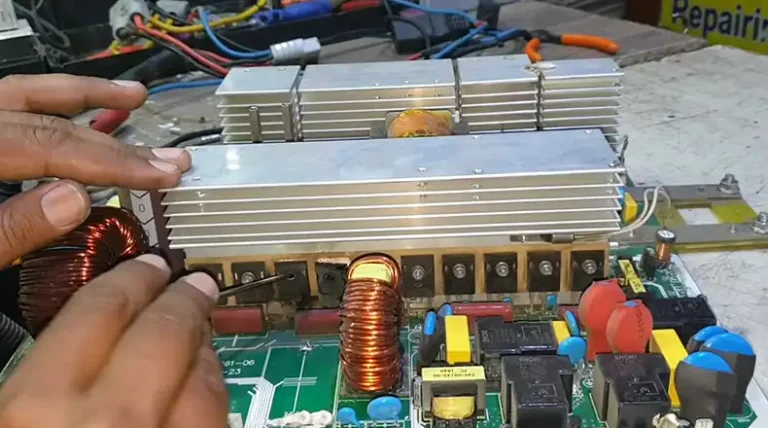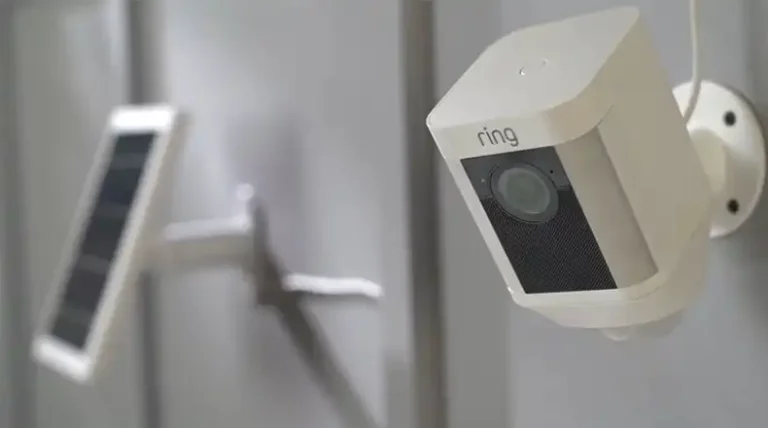What to Do for More Electricity on Cloudy Days?
While solar panels are an excellent source of renewable energy, their output is directly dependent on the amount of sunlight they receive.
On cloudy days, this can be a significant challenge for households, businesses, and communities that rely heavily on solar power. However, it’s important to note that solar panels can still generate power on cloudy days, although at a reduced level of up to 25% of their maximum output.
In this article, we’ll explore various strategies and considerations for increasing electricity production on cloudy days.
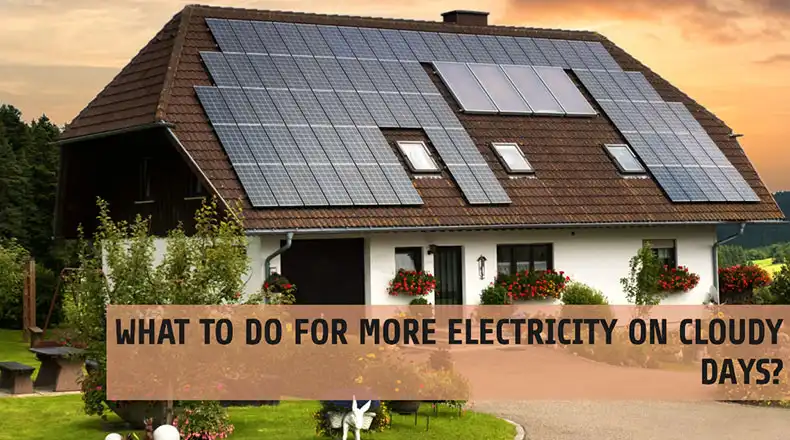
How to Make Up for Lost Efficiency of Solar Panels on Cloudy Days
1. Choose panels with higher efficiency ratings
Solar panel efficiency refers to the percentage of sunlight the panel will convert into electricity. Panels with higher efficiencies, typically above 20%, can produce more energy, which is particularly useful in less sunny areas.
2. Install more panels
Increasing the number of solar panels in your system will result in higher overall electricity production. This can help meet more of your energy needs, even when there are fewer hours of sunlight and more cloudy days.
3. Invest in a home battery system
Home battery systems store surplus electricity from your solar panels for use later. You can store excess power when the sun is shining and use that power on darker, cloudy days when your panels’ output declines.
4. Ensure optimal panel positioning
Install your panels on the south-facing (Northern Hemisphere) or north-facing (Southern Hemisphere) part of your roof, and trim back any overhanging trees. This will maximize the sunlight reaching the panels, allowing them to convert more into electricity throughout the day.
5. Keep your solar panels clean
Dirt, dust, and grime can accumulate on solar panels over time, lowering their efficiency. Regular cleaning, about twice a year, can help maintain optimal performance. Rain, sleet, and snow can also help keep panels clean in less sunny areas.
6. Monitor your solar system performance
Use remote monitoring capabilities to track weather conditions, power output, and individual panel performance. This allows you to identify underperforming panels or anomalies and take appropriate action.
7. Consider panel orientation and tilt angle
Adjusting the orientation and tilt angle of your solar panels can help maximize the amount of sunlight they receive, even in cloudy conditions. A professional installer can recommend the optimal orientation and tilt for your location.
8. Implement solar tracking systems
Solar tracking systems automatically adjust the position of the panels throughout the day to follow the sun’s movement. This ensures that the panels receive maximum sunlight, even on cloudy days when the sun’s position may be constantly shifting.
9. Use reflectors or concentrators
Reflectors or concentrators can be installed around solar panels to redirect and concentrate the available sunlight onto the panels. This can increase the amount of light hitting the panels, leading to higher electricity production, even in cloudy conditions.
10. Combine with other renewable energy sources
Integrating solar power with other renewable energy sources, such as wind turbines or small-scale hydroelectric systems, can provide a more reliable and consistent energy supply, compensating for the reduced solar output on cloudy days.
Diversifying Energy Sources for Cloudy Areas
While optimizing solar panel performance is important, diversifying energy sources can provide a more reliable and consistent electricity supply on cloudy days.
Hydropower
Hydropower, or electricity generated from the force of moving water, can be an excellent backup for solar power on cloudy days. Dams and hydroelectric plants can store water and generate electricity on demand, making them a valuable complementary source of energy when solar output is reduced.
Wind Power
Wind power can also be a suitable alternative or supplementary source of electricity on cloudy days. Wind turbines convert the kinetic energy of wind into electrical energy, making them an ideal partner for solar power systems in areas with abundant wind resources.
Backup Generators
While not as environmentally friendly as renewable sources, backup generators can provide a last resort for electricity production on cloudy days. Generators powered by fossil fuels, such as diesel or natural gas, can supply electricity when solar and other renewable sources are not producing enough power. However, it’s important to consider the fuel limitations and environmental impact of generators.
Reducing Energy Consumption
While implementing strategies to increase electricity production on cloudy days is essential, reducing energy consumption can also play a significant role in lessening the reliance on electricity generation.
Simple energy-saving habits, such as turning off lights and appliances when not in use, using energy-efficient appliances, and practicing proper insulation and weatherization, can help lower your overall energy demand. By reducing your energy consumption, you can better manage your electricity needs during periods of reduced solar output.
Wrapping Up
While cloudy days present challenges for solar power generation, there are various strategies and solutions available to maximize electricity production and ensure a consistent energy supply. By optimizing solar panel performance, diversifying energy sources, implementing energy storage solutions, and embracing emerging technologies, households, businesses, and communities can effectively address the issue of reduced solar output on cloudy days.

